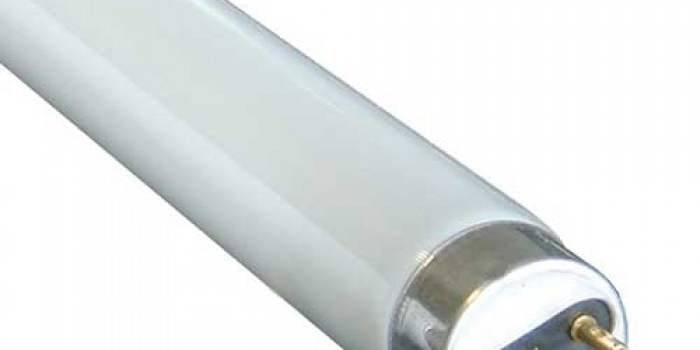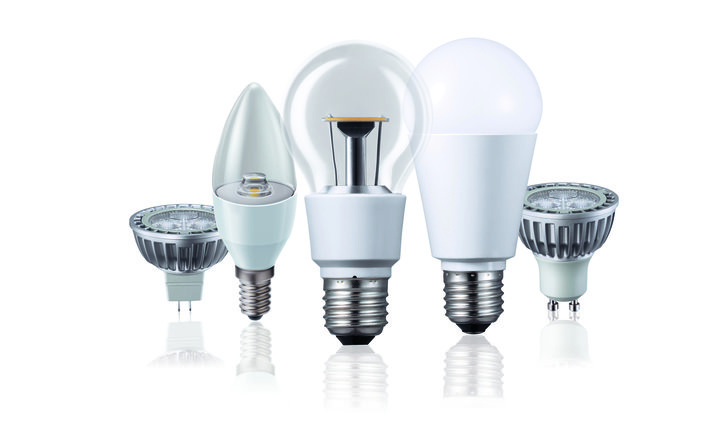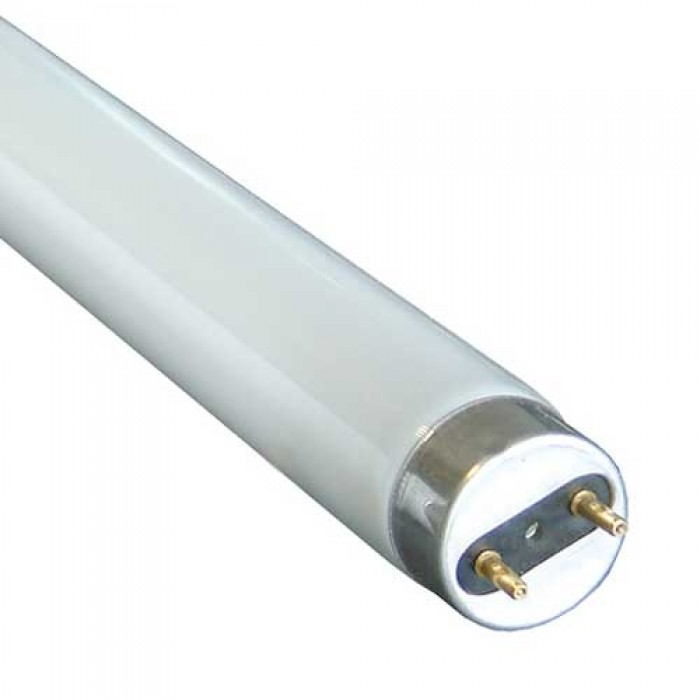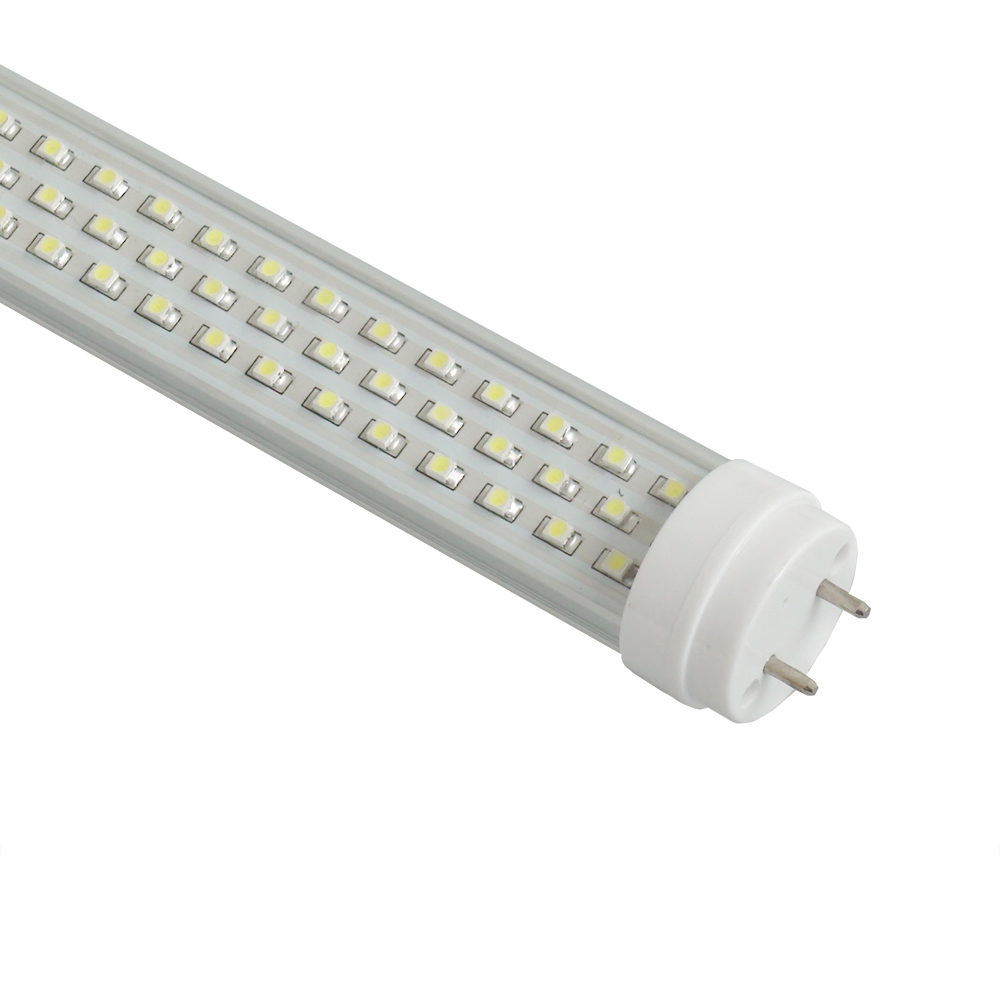
What types of lighting do you find in the workplace?
By updating the lighting in your workspace, there is scope to save a lot of money on electricity bills.
 There are numerous types of bulb available today, and these include things like the GU10 and MR16 spotlights and the traditional B22 (big bayonet) bulb, all of which can be directly replaced with an LED equivalent to provide substantial cost savings.
There are numerous types of bulb available today, and these include things like the GU10 and MR16 spotlights and the traditional B22 (big bayonet) bulb, all of which can be directly replaced with an LED equivalent to provide substantial cost savings.
>>> Click here to buy our LED Lighting <<<
In this blog, we are going to look at some of the bulbs used predominantly in the office environment.
Fluorescent lamps are by far the most popular type of commercial lighting, commonly found in offices and also in many warehouses. There are three common types of fluorescent tubes – T12, T8 and T5.
The different types of fluorescent tubes all have slightly different properties, as you will see below. However they do have one thing in common, and that is that they all require a ballast to operate correctly.
The ballast is required for all fluorescent lighting to provide them with the necessary starting and operating electrical conditions. The main function of the ballast is to limit the current to the tube while it is switched on. While fluorescent tube bulbs are relatively cheap to replace, replacing the ballast is far more expensive!
T12 fluorescent tubes
 The T12 are the first generation fluorescent tube, 1.5 inches in diameter (38mm). These bulbs are gradually being phased out, since they are less energy efficient than either the T8 or T5 and they occupy more space because they are substantially thicker. They also contain a magnetic ballast, which costs less than the newer electronic ballasts, but weigh more and are less efficient.
The T12 are the first generation fluorescent tube, 1.5 inches in diameter (38mm). These bulbs are gradually being phased out, since they are less energy efficient than either the T8 or T5 and they occupy more space because they are substantially thicker. They also contain a magnetic ballast, which costs less than the newer electronic ballasts, but weigh more and are less efficient.
The average wattage of the T12 is 40w, so one of these bulbs will cost about £0.07 to run per day. In terms of other lighting available this is relatively inefficient – an equivalent T8 LED will cost about half that to run per day. Obviously if you just have one bulb in the office the savings aren’t too large, but the numbers are substantial in most business environments that have many of these bulbs.
The bulbs come in numerous different lengths and as a result have different wattages (the longer the bulb the higher the wattage on the whole). As a guide you can use the following sizing/wattage table.
- 2 Foot (24 inches) – 20 watts
- 3 Foot (36 inches) – 30 watts
- 4 Foot (48 inches) – 40 watts
If you do have these T12 tubes in your office, unless you have stocked up on the bulbs, it is highly likely that in the near future you will be forced to change your lighting system since the bulbs simply won’t be readily available.
If your hand is forced, we suggest considering the LED Panel lighting discussed below.
T8 fluorescent tubes
T8 fluorescent tubes were introduced in the early 1980s and can be considered the second generation of fluorescent tubes. They are substantially thinner than their T12 cousins at just an inch in diameter. They also tend to have electronic ballasts, which are more energy efficient and help boost the performance of the bulb.
These are the most common type of fluorescent tube found in the marketplace today, coming in a range of different lengths, as can be seen below:
- 2 Foot (24 inches) – 17 watts
- 3 Foot (36 inches) – 25 watts
- 4 Foot (48 inches) – 32 watts
Again, the longer the T8 fluorescent tube, the higher the wattage, but also the greater the lumen output from the bulb (so they should be brighter – although that is slightly dependant how far away you are from the bulb). The most popular T8 is the 4 foot – 32 watt tube.
If you have these T8 bulbs in your office, we recommend swapping them out for T8 LED tubes when they come to the end of their lives.
A T8 LED will use between 12 watts and 24 watts so will be slightly more energy efficient to run. On top of that the LED is completely mercury free, can be dimmed easily and also the number of times they are turned on and off will not impact the lifespan of the bulb. In addition – gone are the days of having to replace the ballast (which is the expensive part of fluorescent tubes). It is important to remember that for LED T8 and T5 tubes to work in traditional fittings, you will be required to remove the ballast.
T5 fluorescent tubes
T5s are the new kids on the block – they are smaller in diameter than both the T12 and the T8 and even more energy efficient. They are 5/8 inches in diameter (T12 are 12/8 – so 1.5 inches and T8 are 8/8 – so one inch – hence their names!).
This is one of the key features that lighting professionals cite as an advantage of the T5, the smaller bulbs means smaller fittings can be installed. In addition, High Output T5 fluorescent tubes (T5 HO), mean that you can use less bulbs to light an area so less light fittings are required.
The regular T5 also provides slight energy efficiency gains over the T8, since the average 4 foot T5 is only 28watts, while the T8 is 32watts, so you would get a like for like 12.5% gain. They have a luminous efficiency of about 100 lumens per watt, while T8 and T12 offer about 80 lm/W and 70 lm/W respectively.
The problem lies in the cost though; the T5 is fluorescent tube is more expensive than the comparative T8 and the efficiency gain you get from replacing it, would not warrant swapping the bulb out on cost alone.
It appears to us at least that the T5 was released without anyone looking over the shoulder at the advent of LED lighting, and therefore it is destined to go the same way as minidisks.
Installing T5 Bulbs in T8 or T12 fittings
T5 tubes can be retrofitted into either T8 or T12 fittings, provided adapters are used – but you will also need to replace the ballast, which will be costly.
Where as the 4ft T8 or T12 bulb is actually 4ft, a 4ft T5 is two inches shorter – so the adapter is critical to ensuring the shorter bulb will fit even though they both have the same nominal length.
If you have invested in T5 fluorescent tubes, do not worry! They are more efficient than both the T8 and the T12. If you find yourself in this position though, it may be worth now replacing these T5 tubes with T5 LED equivalents.
A quick recap on fluorescent tubes
 If you have T12 tubes, you are soon going to need to replace with the T8 tubes since the bulbs are no longer made. At this point, it might be prudent to future-proof yourself by making the switch to LED panel lighting, which is more energy efficient and will last substantially longer. In addition, if you do currently have the T12 tubes, you have to bear in mind they have a much lower colour rendering capacity, so swapping to T8, T5s or LED panels will see a marked improvement.
If you have T12 tubes, you are soon going to need to replace with the T8 tubes since the bulbs are no longer made. At this point, it might be prudent to future-proof yourself by making the switch to LED panel lighting, which is more energy efficient and will last substantially longer. In addition, if you do currently have the T12 tubes, you have to bear in mind they have a much lower colour rendering capacity, so swapping to T8, T5s or LED panels will see a marked improvement.
If you have the T8 fluorescent tubes, they are relatively energy efficient – normally rated at about 32 watts. There is no real benefit of moving to the T5 bulb; instead we would recommend using T8 LED bulbs instead of the fluorescent ones, since you get similar light output, but at a much lower energy cost and the bulbs themselves will last substantially longer.
If you have opted for T5 fluorescent tubes, keep going with the LED equivalents, but we don’t recommend retrofitting the T5 fittings into the work place since they don’t produce the necessary energy efficiency gains.












No Comments yet! Be the first one.